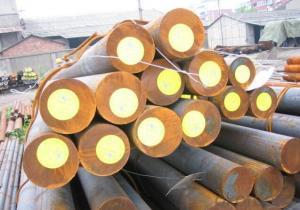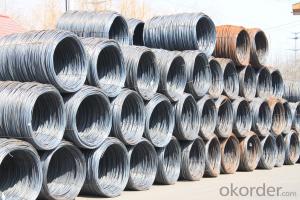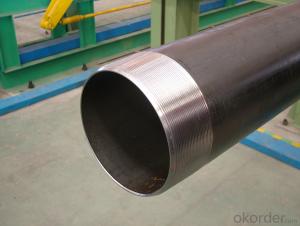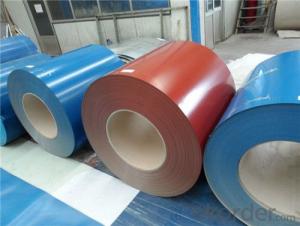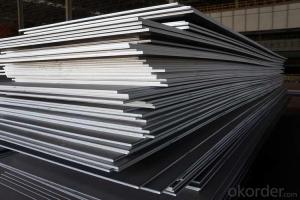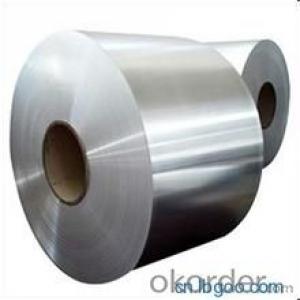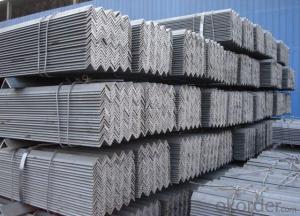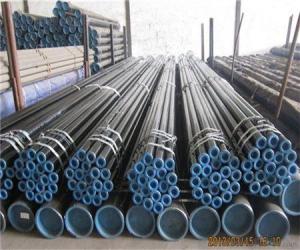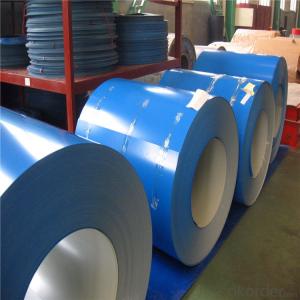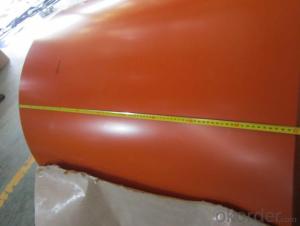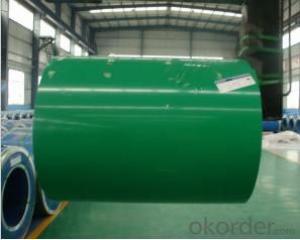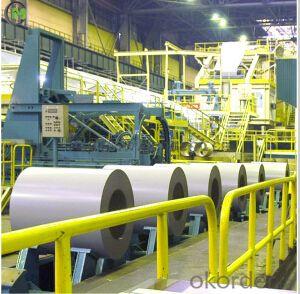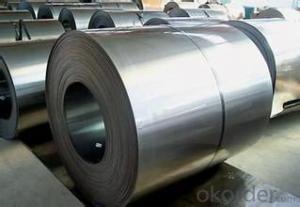All Categories
- - Steel Wire Rod
- - Steel Coils
- - Steel Profiles
- - Steel Pipes
- - Stainless Steel
- - Tinplate
- - Special Steel
- - Steel Sheets
- - Steel Rebars
- - Steel Strips
- - Hot Rolled Steel
- - Cold Rolled Steel
- - Pre-painted Steel
- - Seamless Steel Pipe
- - Welded Steel Pipe
- - Hollow Steel Tubes
- - Galvanized Pipe
- - Stainless Steel Coil
- - Stainless Steel Sheet
- - Stainless Steel Plate
- - Stainless Steel Strips
- - Electrolytic Tinplate Coil
- - Electrolytic Tinplate Sheet
- - Stainless Steel Rebars
- - Solar Panels
- - Solar Water Heater
- - Solar Related Products
- - Solar Inverter
- - Solar Cells
- - Solar Light
- - Solar Energy Systems
- - Solar Controllers
- - Solar Mounting System
- - Solar Pump
- - Solar Chargers
- - Fiberglass Chopped Strand
- - Fiberglass Mesh Cloth
- - Composite Pipes
- - FRP Pultrusion Profiles
- - Fiberglass Mat Tissue
- - Fiberglass Fabrics
- - Fiberglass Mesh
- - Composite Tank
- - Fiberglass Mesh tape
- - Polymer
- - FRP Roofing Panel
- - Fiberglass Roving
- - Monolithic Refractories
- - Ceramic Fiber Products
- - Refractory Bricks
- - Raw Materials For Refractory
- - Suspended Platform
- - Cranes
- - Concrete Machinery
- - Earthmoving Machinery
- - Building Hoist
- - Road Building Machinery
- - Plastic Pipe Fittings
- - Plastic Tubes
- - Plastic Sheets
- - Agricultural Plastic Products
- - Plastic Nets
 All Categories
All Categories
Q & A
What are the challenges and solutions associated with machining and cutting cold-rolled steel?
One of the main challenges associated with machining and cutting cold-rolled steel is its increased hardness compared to regular steel. This hardness can lead to increased tool wear and reduced cutting speeds, making the process more time-consuming and costly.
To overcome this challenge, using specialized cutting tools with high-speed steel or carbide inserts can help to improve tool life and maintain cutting efficiency. Additionally, optimizing the cutting parameters such as feed rate, cutting speed, and depth of cut can help to minimize tool wear and increase productivity.
Another challenge is the potential for work hardening during the machining process, which can result in increased cutting forces and decreased material ductility. To address this, using proper cooling and lubrication techniques can help to reduce heat generation and minimize work hardening. Additionally, employing techniques such as peck drilling or using pre-drilled pilot holes can assist in reducing cutting forces and preventing work hardening.
Overall, successfully machining and cutting cold-rolled steel requires a combination of appropriate cutting tools, optimized cutting parameters, and effective cooling and lubrication techniques to overcome its increased hardness and potential for work hardening.
What are the applications of cold-rolled steel in the energy sector?
Cold-rolled steel finds various applications in the energy sector due to its desirable properties such as high strength, durability, and excellent formability. It is commonly used for manufacturing components of power generation equipment including turbines, generators, and transformers. Additionally, cold-rolled steel is utilized in the construction of transmission towers, pipelines, and storage tanks for the transportation and storage of energy resources. Its corrosion resistance and ability to withstand extreme temperatures make it an ideal choice for these critical energy infrastructure applications.
What is the role of cold-rolled steel in the production of kitchen appliances and cookware?
The role of cold-rolled steel in the production of kitchen appliances and cookware is vital. Cold-rolled steel is commonly used due to its durability, strength, and resistance to corrosion. It is the preferred material for constructing the body, frame, and components of kitchen appliances such as refrigerators, ovens, and dishwashers. In cookware, cold-rolled steel is often used as a base material for pots, pans, and baking sheets due to its excellent heat conduction properties. Overall, cold-rolled steel plays a crucial role in providing the necessary structural integrity and functional properties required for high-quality kitchen appliances and cookware.
Wholesale Cold Rolled Steel from supplier in Yemen
We are a Cold Rolled Steel supplier serving the Yemen, mainly engaged in the sale, quotation, and technical support services of various Cold Rolled Steel products in the Yemen region. We are a subsidiary platform of the Fortune Global 500 company CNBM, able to provide you with one-stop Cold Rolled Steel procurement services in the Yemen. Not only do we have a wide range of Cold Rolled Steel products, but after years of market development in the Yemen, we can also provide valuable experience for your projects.
